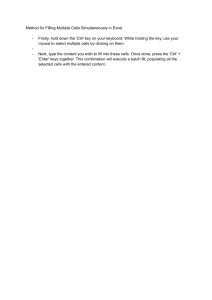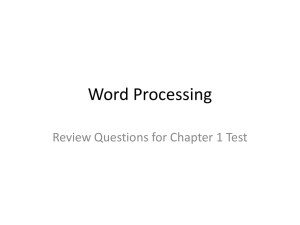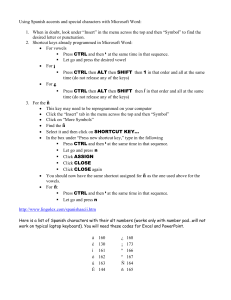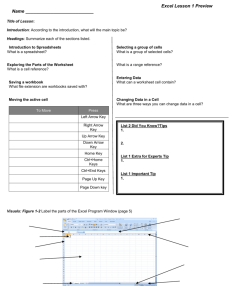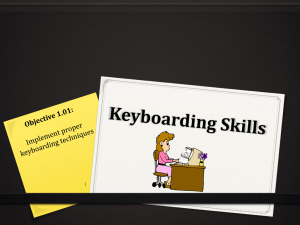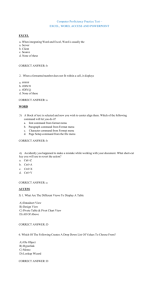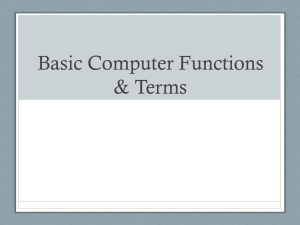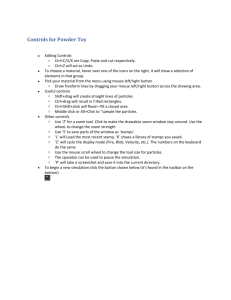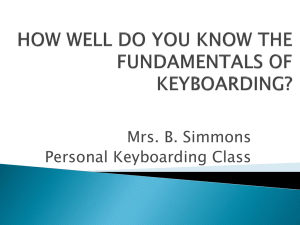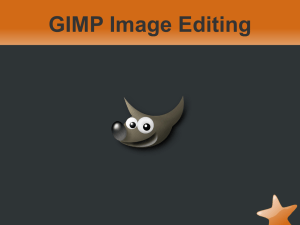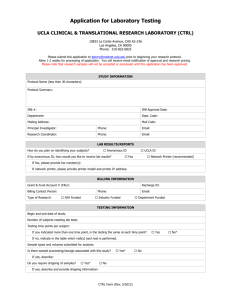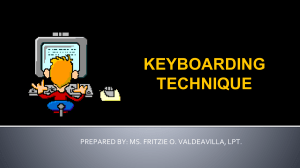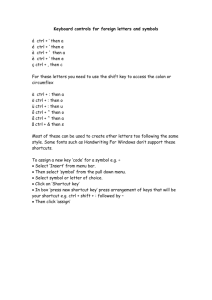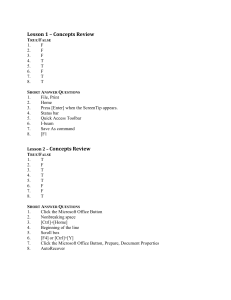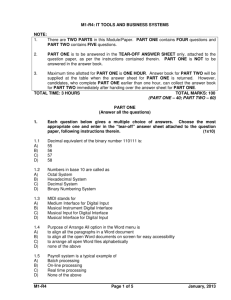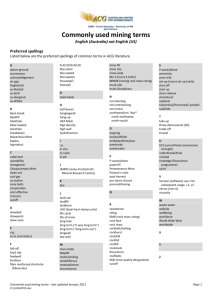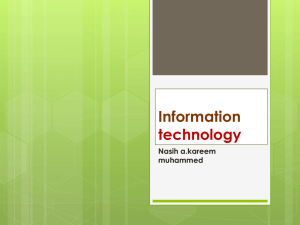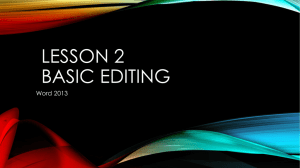Prajwala_report6182013_Asset_India_Foundation
advertisement
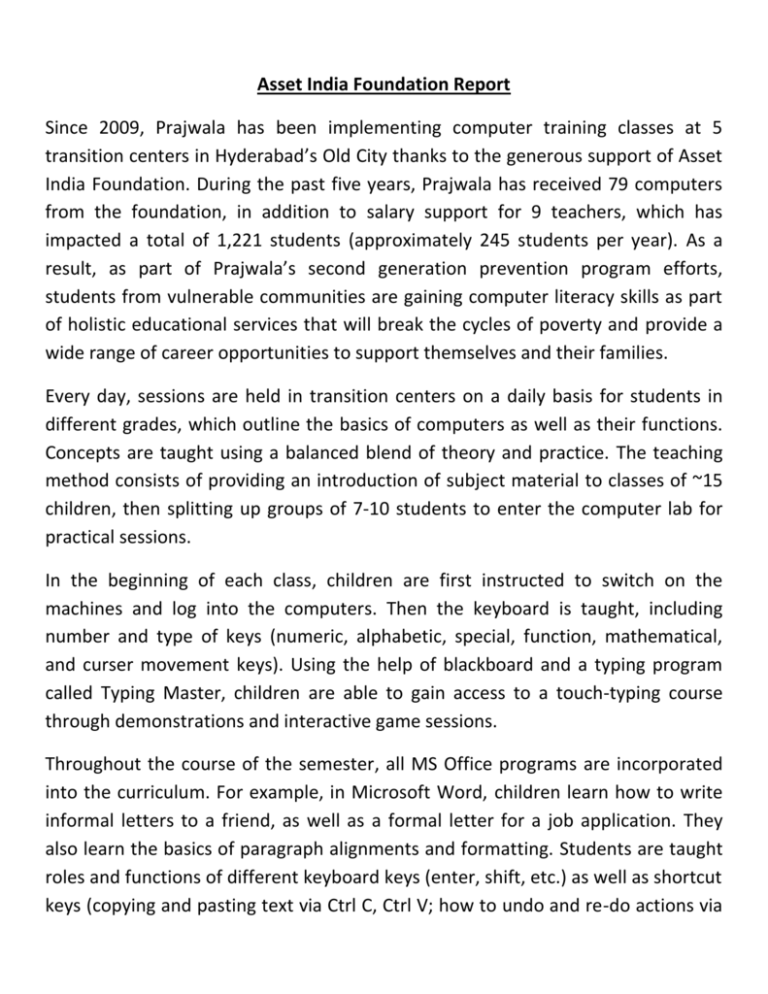
Asset India Foundation Report Since 2009, Prajwala has been implementing computer training classes at 5 transition centers in Hyderabad’s Old City thanks to the generous support of Asset India Foundation. During the past five years, Prajwala has received 79 computers from the foundation, in addition to salary support for 9 teachers, which has impacted a total of 1,221 students (approximately 245 students per year). As a result, as part of Prajwala’s second generation prevention program efforts, students from vulnerable communities are gaining computer literacy skills as part of holistic educational services that will break the cycles of poverty and provide a wide range of career opportunities to support themselves and their families. Every day, sessions are held in transition centers on a daily basis for students in different grades, which outline the basics of computers as well as their functions. Concepts are taught using a balanced blend of theory and practice. The teaching method consists of providing an introduction of subject material to classes of ~15 children, then splitting up groups of 7-10 students to enter the computer lab for practical sessions. In the beginning of each class, children are first instructed to switch on the machines and log into the computers. Then the keyboard is taught, including number and type of keys (numeric, alphabetic, special, function, mathematical, and curser movement keys). Using the help of blackboard and a typing program called Typing Master, children are able to gain access to a touch-typing course through demonstrations and interactive game sessions. Throughout the course of the semester, all MS Office programs are incorporated into the curriculum. For example, in Microsoft Word, children learn how to write informal letters to a friend, as well as a formal letter for a job application. They also learn the basics of paragraph alignments and formatting. Students are taught roles and functions of different keyboard keys (enter, shift, etc.) as well as shortcut keys (copying and pasting text via Ctrl C, Ctrl V; how to undo and re-do actions via Ctrl Z and Ctrl Y; and how to save documents via Ctrl S). The concept of using punctuation marks is emphasized such as the proper usage of period, comma, exclamation point, question mark, parentheses and apostrophe, the latter of which was explained by showing the relationship between a “subject” and “object” of a sentence. Once they finish typing the exercises, they are asked to read aloud the final document and any mistakes are corrected by the teacher. Early on, it was noticed that many students typed with their two index fingers rather than using all hand fingers on the keyboard. The proper placement of fingers (such as pointers on F and J keys, thumbs on spacebar) is thus explained and this new methodology is practiced, which eventually helps them type faster only looking at the screen once they memorizes key patterns. The function of conducting a spelling & grammar check is also introduced, during which students learn how to check misspelled words and either change to correct version or ignore it. How to save the document as a Word file, quit the program, and then find and re-open it in the My Documents folder is also taught. Then, a demonstration is given explaining the importance of Excel for reportwriting, preparation of files and calculation of formulas. However, Paint classes are always the children’s favorite, as they involve many assignments which require imagination and creativity of expression. The students draw a maps of India, logos, graphics, text designs as well as banners to practice using different Paint tools (such as free form and fixed shape selection). Presentations are given to their teachers and peers regarding their work on a weekly basis, in order to practice public speaking and communication skills. During Fridays (which are ½ days at the centers), the computer teachers take spoken English classes for 6th and 7th standard children to practice verb tenses, as well as the difference between past, present and future verbs and their regular and irregular forms—which do not have set rules in English but simply have to be 2. memorized and practiced repeatedly. Small stories are used to demonstrate sentence formation as well as the difference between lower and uppercase letters and what they are used for (for example, capital letters are used in the beginning of a sentence and for names of People and Places). For unit and annual computer exams, there are 50 marks for theoretical knowledge and another 50 for practical understanding. Sample questions include: what is the Paint program? What is the use of Ctrl x? What is the function of ___ key? Over the years, it is observed that the students score 100% in the practical sections yet for theory there is a lack of sentence formation and grammatical/spelling errors that often need to be corrected. The children also have difficulty remembering technical and processing terminology, such as input vs. output. In this case the teacher gives different examples that the students can relate to, in order to effectively convey the information. Throughout the next academic year, plans are being made to help all students excel 100% in both theoretical and practical exams. More classes will be held on Excel and PPT for older students, who are already beginning to learn how to prepare monthly reports and compilations of the transition center program activities. The computer instructors will continue collaborating with teachers across all subjects to determine what class topics can be applied to computer learning. For example, if students are learning about trees in science, they can create a PPT presentation regarding the different parts of a tree using pictures and graphic animation differentiating between the roots, trunk, branches, leaves, etc. Overall, the students hope to use their newfound computer knowledge as a basis for acquiring a job in the future, in a variety of professions that require knowledge of software programming. The generous contributions of Asset Foundation have enabled Prajwala’s students to convert their dreams into reality as they reach beyond their horizons and apply their education to the new technological age. 3. A Preview of Events in the PTEP Computer Training Classes Students from Prajwala’s transition centers gain foundations of computer theory in the classroom and apply their knowledge to practical, hands-on experience in the computer labs. 4. In addition to learning the fundamental techniques in the Paint program (shown above), students also focus on MS Office applications that coincide with curriculum topics in other subject areas. 5.
